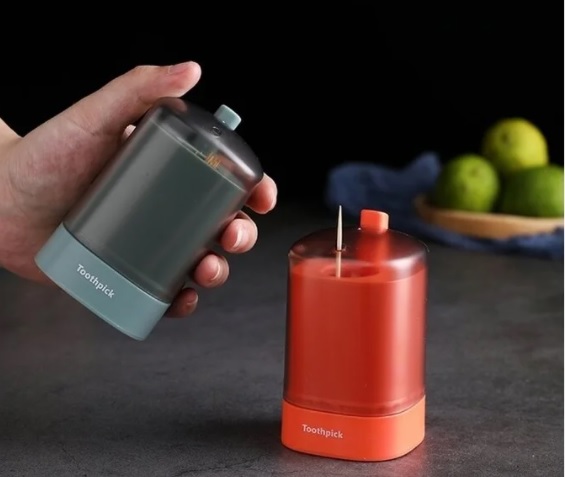Rating of the best translator headphones for 2025
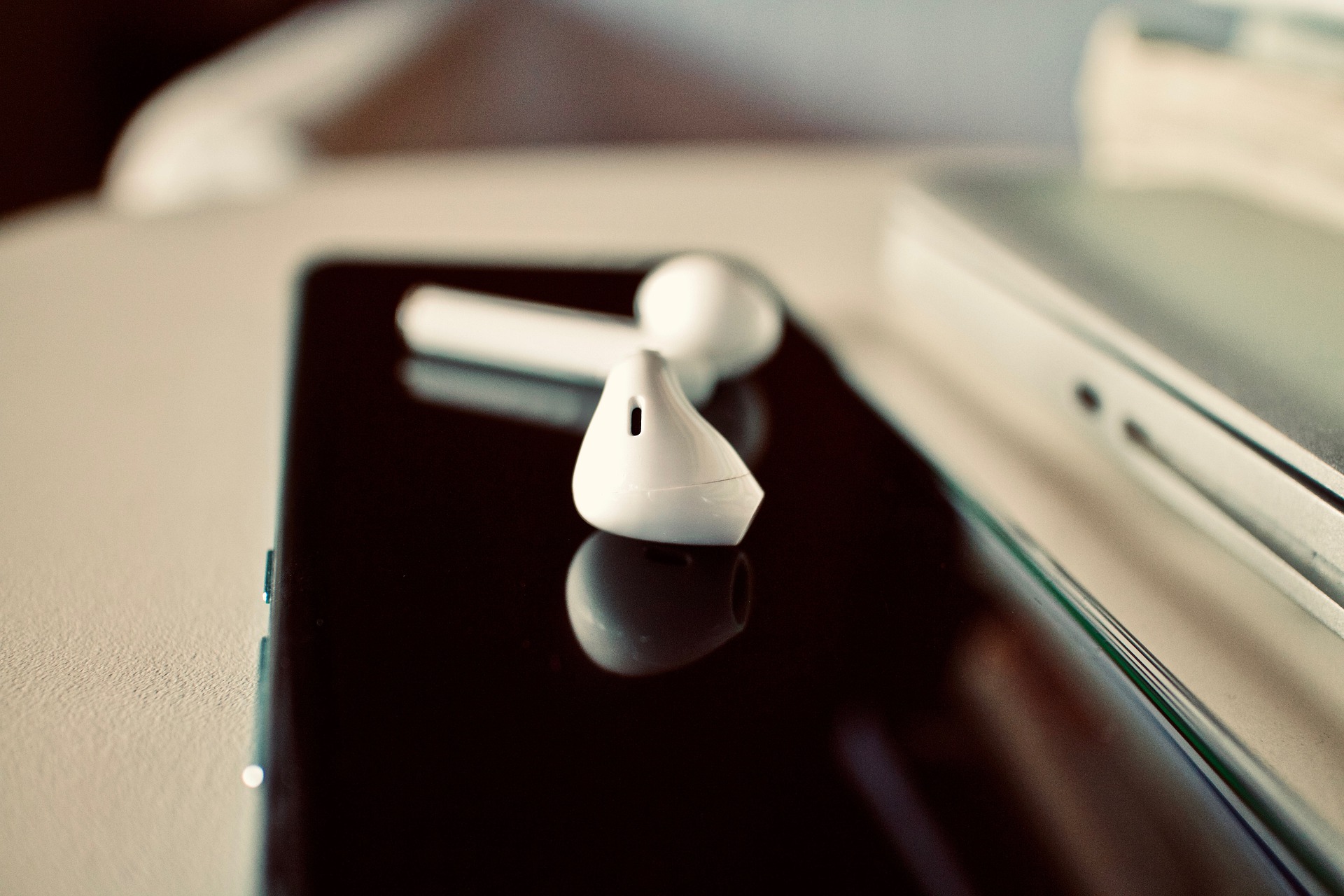
We live in a world dominated by electronics. Various electronic devices and devices make life easier for people, brighten up leisure, help in work and in learning new things. These useful gadgets include earphones-translators.
This electronic device is indispensable for those who travel a lot or often communicate with other people in foreign languages. The advice to “learn a language” may not always be correct, if only because there are about 7117 languages in the world. And the number of dialects and accents is incalculable. It is impossible to learn everything, and it is not necessary, since it is much more logical to use such a smart assistant as headphones with a translator function.

This gadget can be of great benefit at all kinds of international symposiums and conferences, where participants from various countries gather.

Content [Hide]
- 1 History of appearance
- 2 Types of headphones
- 3 Rating of the best headphones-translators
- 4 How to choose
History of appearance
The idea of earphones for simultaneous translation has been in the air for a long time, references to such devices are often found in science fiction. The first gadgets of this type could not boast of high-quality work. They had difficulty perceiving and recognizing speech, made mistakes, were cumbersome and uncomfortable.
But already in 2017, fantasy began to become reality when the release of the Bragi Dash Pro model was announced, the brainchild of the British company Bragi, which made it possible to overcome the language barrier using the iTranslate mobile application, which works via Bluetooth technology. Around the same time, another British company, Mymanu, also announced the launch of translation headphones with 37 language recognition.
At the end of 2018, the Chinese company Timekettle announced its readiness for the mass production of wireless headphones equipped with a simultaneous translation function. Using them is simple: one speaker must be inserted into your own ear, and the second should be given to a foreign interlocutor.
In 2019, at the CES 2019 consumer electronics show held in Las Vegas, the American company Waverly Labs introduced Pilot portable devices that could translate speech from 15 languages of the world. They not only transmit the speech of the interlocutor almost in real time, but can also display it in text form on the screen of a smartphone or tablet.
Currently, there are headphones that can work without being tied to a smartphone. Among them is the Pocketal gadget, capable of understanding speech in 74 languages, developed by the Japanese company Sourcenext.
The Chinese giant iFlytek is also engaged in the production of translator headphones. The devices released by him are capable of understanding 30 world languages and converting them into Chinese.
The well-known company Google also develops electronic devices for simultaneous translation. They created the Pixel brand headphones, which have undergone numerous improvements over the past two years, and developed the Google Assistant virtual assistant, which has the ability to recognize 27 languages with minimal time delay.
Types of headphones
These devices are available in two types: in the form of inserts and vacuum. Earbuds are the most popular and easy-to-use models that have a lower cost compared to vacuum gadgets that allow you to hear the voice of the interlocutor, but at the same time do not drown out the surrounding sounds. They are compact, convenient and safe, their use does not cause damage to the hearing aid. The disadvantages of earbuds include insufficient sound quality and a relatively short period of use.
Compact vacuum devices are installed directly into the auditory canal. It is securely fixed there, providing sound insulation and good sound quality.The disadvantages include the likelihood of pain in the ear with prolonged use of this gadget.
Translation headphones can be wireless or wired, large or small, light or relatively heavy. They also differ in such an important indicator as the level of noise reduction, since any noise can adversely affect the sound perception function, which is important for quality work.
Translation speed also varies. Some devices work almost in real time, others give the result after some delay, during which the incoming audio information is recognized.
Popular manufacturers
Currently, a relatively small number of companies are engaged in the production of headphones for simultaneous translation. The flagships include the following.
- Timekettle is a Chinese company founded in 2016 and specializing in the production of such equipment;
- PeiKo is another Chinese manufacturer that produces inexpensive but high-quality products for recognizing foreign languages;
- Pilot is a brand of Waverly Labs based in New York City, USA. The founder of this company, Andrew Ochoa, came up with his first translator device after he once fell in love with a French woman;
- Bragi, a company founded in 2013, which rose to prominence on the Kickstarter crowdfunding platform a year later. The firm now has a huge turnover of investments and is a leader in innovation in the consumer electronics market.
- Google is a well-known company that was registered back in 1998 as a search engine.In the future, it steadily developed, acquired additional functions, acquired its own production facilities, which made it possible to launch the production of various equipment under its own brand, including devices for simultaneous translation with built-in support in the form of proprietary software.
- Mymanu is another British company specializing in developments in the field of simultaneous translation and producing electronic gadgets under its own brand.
The above list is not exclusive. There are a number of other companies, some of which use the experience of leaders in the production of headphones, while others are trying to promote their own developments to the market. But their products are much less known and generally not of high quality.
Popular Models
Budget models that provide translation with high quality are in the greatest demand. They are easy to use, support many languages and dialects, and have a number of additional useful features. The cost varies in the price range from 10 to 30 thousand rubles.
Wireless gadgets with instant speech recognition, high noise reduction, and at least 40 languages are becoming more and more popular. The latest development is the Timekettle WT2 Edge headphones, the response speed of which is half a second, and 15 of the most powerful servers located around the world are used to support performance. This gadget is also able to work offline, but only with seven languages, while online it automatically recognizes 40 languages and 93 dialects.
The PeiKo World Smart Bluetooth gadget is also in demand.Compact, lightweight, equipped with a function to distinguish between 25 languages, easy to operate and reliable, the device has rightfully received a good assessment from consumers.
The Pilot Waverly Labs instrument is quite expensive, but is in demand due to its excellent quality and speed of operation.
Rating of the best headphones-translators
The rating is based on ratings and reviews left by customers on the Yandex Market trading platform, as well as on a number of specialized forums dedicated to consumer electronics reviews.
Rating of the best headphones translators up to 10 thousand rubles
In this category of the rating, only one model is presented, developed by the Chinese company PeiKo. But soon we can expect the latest developments in the budget price segment both from this company, which purposefully works in the production of low-cost devices, and from other manufacturers.
PeiKo World Smart Bluetooth
votes 3
The average price is 2000 rubles.
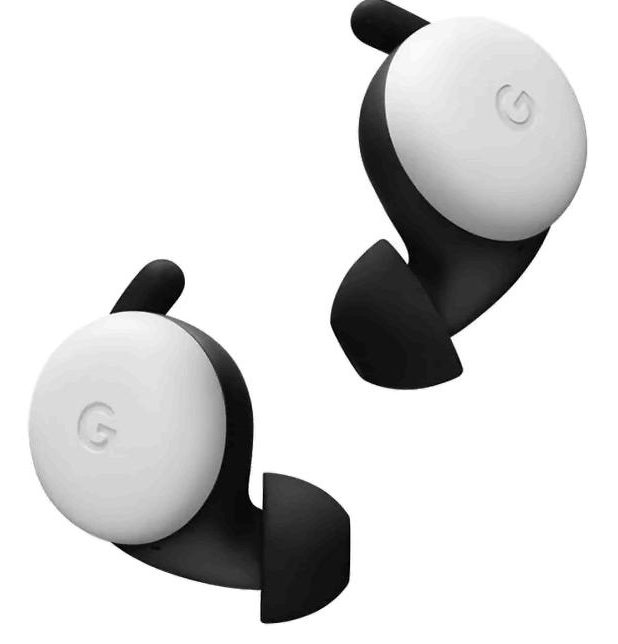
This light and compact device is not sold in pairs, but one by one, and requires the mandatory installation of special software on the smartphone. The budget cost makes this model popular and provides it with a high level of demand.
- support for 25 languages;
- compactness and ease of use;
- no harm to the hearing aid;
- light weight;
- pure sound;
- fast charging;
- affordable cost.
- battery life 4 hours.
Rating of the best headphones translators up to 30 thousand rubles
The models presented in this price category are in the greatest demand due to the optimal price-quality ratio.
Google Pixel Buds TWS
votes 0
The average price is 18900 rubles.

A popular model, not least due to the wide popularity of the manufacturer. Stylish design, a choice of three proposed color options, good sound quality and compactness are the main positive characteristics of this device.
- support for 40 languages;
- touch control system;
- equipped with a charging case that extends the work up to 24 hours;
- attractive design;
- sound quality;
- high speed of translation;
- light weight and compact shape.
- low volume;
- there is no noise reduction.
Timekettle M2 with offline translator
votes 0
The average price is 18990 rubles.
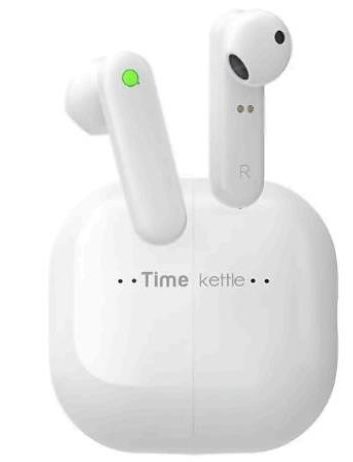
The main advantage of this device is its independence from the presence of the Internet. Compact and easy to use, the device supports a huge number of languages, which is indispensable when communicating with a large number of people from different countries at international conferences or symposiums.
- can be used with 90 world languages;
- lightness and compactness;
- quality assembly;
- durability of use;
- translation in real time;
- ease of use;
- smooth volume control;
- work offline.
- weak noise reduction.
Timekettle WT2 Lite
votes 2
The average price is 19990 rubles.

The novelty, which is an updated version of the WT2 Plus smart headset, which became the bestseller in 2019, has retained the advantages of its predecessor: translation quality and ease of use thanks to wireless performance. The new version has a lightweight format, which is reflected in the title.
- high quality of the converted speech;
- simplicity and ease of use;
- made of high strength plastic;
- equipped with two microphones with active noise reduction;
- equipped with a charging case;
- synchronization with smartphones is possible;
- battery life - up to 12 hours.
- distinguishes 10 languages against 36 in the previous model;
- the "dialogue" mode is activated only in manual mode, there is no automatic mode.
TimeKettle WT2 Plus
votes 1
The average price is 22990 rubles.
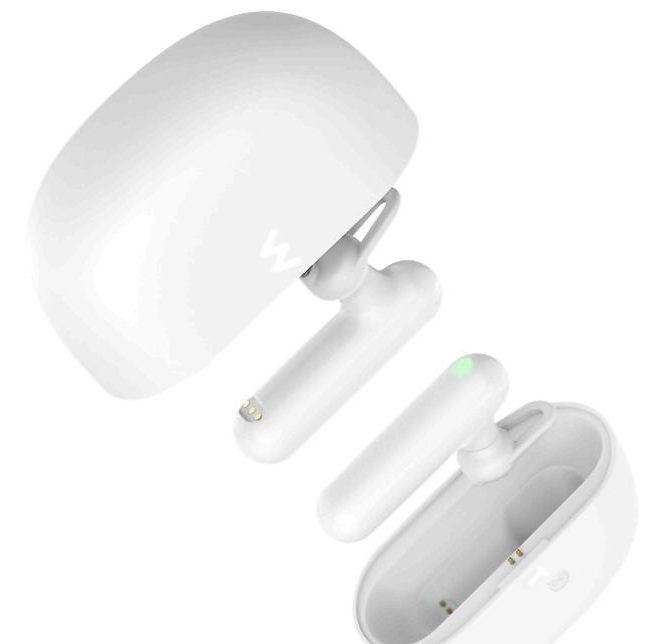
Despite the fact that the model has been known on the market for more than two years, its popularity remains high due to a number of characteristics, including excellent quality and high speed of translation - no more than three seconds, as well as support for 21 languages with the ability to add additional 15 languages, chosen by the user.
- among the languages preinstalled by the manufacturer there is Russian;
- the ability to recognize different dialects of the English language;
- attractive design;
- compactness and convenience of work;
- adding languages of your choice;
- synchronization with a smartphone is possible.
- short battery life - 5 hours.
Time Kettle WT2 Plus Earphones with translator
votes 1
The average price is 29900 rubles.

Support for 37 languages and dialects, as well as a compact size and comfortable shape are the main advantages of these headphones, which attract consumers to them, even despite the high cost.
- tight fit of the earbuds;
- comes with ear pads of different sizes;
- the kit includes a cable and a charging case that increases the battery life three times, from 5 to 15 hours;
- instant translation due to artificial intelligence technology;
- high quality microphones with built-in noise reduction;
- support for the most popular languages and dialects.
- high price.
Rating of the best headphones translators over 30 thousand rubles
Devices in this price range are not available to everyone, but, nevertheless, they were able to take a place in the market due to such distinctive features as high speed, reliability and attractive design.
Bragi Dash Pro
votes 0
The average price is 33890 rubles.

These comfortable headphones with a stylish design are distinguished not only by their visual appeal, but also by the quality of work, as well as by the presence of many additional useful functions. Their undeniable advantage over competitors is water resistance.
- attractive design;
- the presence of LED lighting;
- recognition of the most popular languages of the world;
- good sound quality;
- speed of work;
- waterproof case.
- battery life - 5 hours;
- cannot be used at low temperatures.
Pilot Waverly Labs
votes 0
The average price is 33990 rubles.

Distinctive features of this device are the excellent quality of work with a minimum of errors and the speed of translation. The variety of colors and attractive design also helped to gain recognition in the market.
- high speed of work;
- quality materials are used;
- long battery life;
- attractive design;
- the ability to choose the color of the device;
- lightness and compactness.
- high price.
Mymanu Click
votes 0
The average price is 35800 rubles.
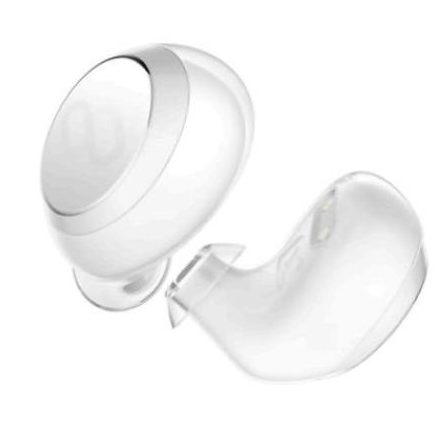
Compact and comfortable wireless headphones are in demand due to the quality and speed of work, stylish design and convenient control using the touch panel located on the outside of the case. The LED backlight, which not only acts as a design element, but also serves as an alert for calls and messages when connected to a smartphone, is also liked by most users.
- recognition of 37 most popular languages of the world;
- simple convenient control;
- battery life - 7 hours;
- charging case included, which increases the operating time of the device up to 24 hours;
- Attractive design with LED lighting.
- high price.
How to choose
In order to choose the right headphones-translators, you need to pay attention to their main characteristics.
- The number and composition of supported languages and dialects. If communication is built within 1-2 foreign languages, it makes no sense to buy expensive models with support for dozens of languages and dialects.
- Type of headphones: wired or wireless. The latter are much more convenient to use, and thanks to the Bluetooth connection system, they can be easily synchronized with a smartphone, tablet or other devices.
- The material from which the headphone case is made is also an important characteristic. Models from the budget price segment, as a rule, are made of plastic, while metal (an alloy of copper, zinc, aluminum, etc.) can be used in the production of expensive devices.
- Another important characteristic of the housing is resistance to negative and high air temperatures.
- Different types of devices may have different battery life. Additional equipment with a charging case that extends autonomy is not provided by all manufacturers, and you need to pay attention to this.
- The translation delay in different devices can be from imperceptible to long, lasting 12-15 seconds. This reduces the quality and convenience of communication. The average time is an indicator equal to 5-7 seconds.
- The level of noise reduction is also important. Some models suppress all external sounds, which can cause inconvenience. Others, on the contrary, make it possible to hear not only the speech of the interlocutor, but due to the lack of suppression of extraneous noise, they can make mistakes in speech recognition. To choose the right model, you need to evaluate the conditions in which the headphones will be mainly used and at what level of external noise. If you need high suppression, you need to opt for devices equipped with two microphones.
- It is necessary to study what additional functions the device is equipped with. This may be the ability to turn on surround sound, the NFC function, volume control, etc.
- An important addition to the gadget will be a case for charging, carrying and storing.
- An important characteristic that makes using the headphones comfortable even for a long time is their light weight and comfortable shape, as well as their compact size.
- An interesting design can also play a role in choosing a gadget.
- It is better to purchase models from well-known manufacturers.This will serve as an additional guarantee of their quality, long service life and the possibility of warranty repair or replacement in the event that such a need arises.
It will not be superfluous to study the reviews of users who have already purchased a similar model. In them you can find information about which the manufacturer is silent. It is also possible to determine with greater accuracy whether a particular model is suitable for the tasks that are set for it.
You can buy headphones both in real stores and via the Internet. But the first option is more preferable, since one of the characteristics - the convenience of fitting the earbuds in the auricle - can only be checked during the fitting process. A good option is to order online a model that has been previously checked for usability and other characteristics in a regular electronics store.
Choosing the right translator headphones is a great way to overcome the language barrier and expand your own boundaries for communication.
new entries
Categories
Useful
Popular Articles
-

Top ranking of the best and cheapest scooters up to 50cc in 2025
Views: 131650 -

Rating of the best soundproofing materials for an apartment in 2025
Views: 127689 -

Rating of cheap analogues of expensive medicines for flu and colds for 2025
Views: 124517 -

The best men's sneakers in 2025
Views: 124031 -

The Best Complex Vitamins in 2025
Views: 121938 -

Top ranking of the best smartwatches 2025 - price-quality ratio
Views: 114978 -

The best paint for gray hair - top rating 2025
Views: 113393 -

Ranking of the best wood paints for interior work in 2025
Views: 110318 -

Rating of the best spinning reels in 2025
Views: 105327 -

Ranking of the best sex dolls for men for 2025
Views: 104363 -

Ranking of the best action cameras from China in 2025
Views: 102215 -

The most effective calcium preparations for adults and children in 2025
Views: 102010
